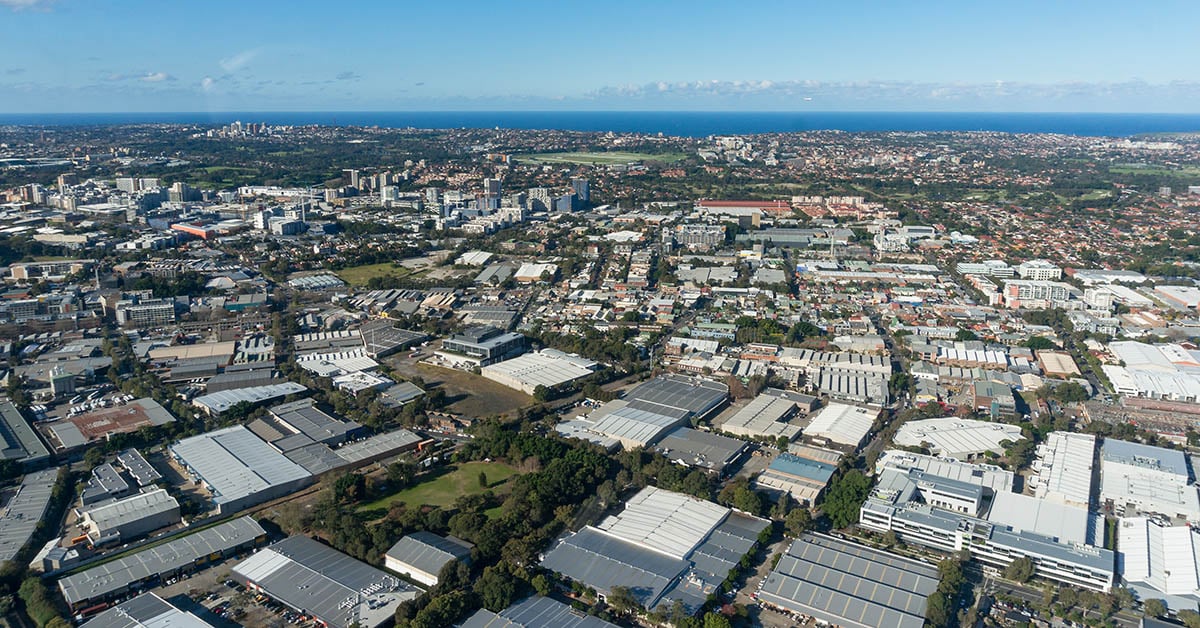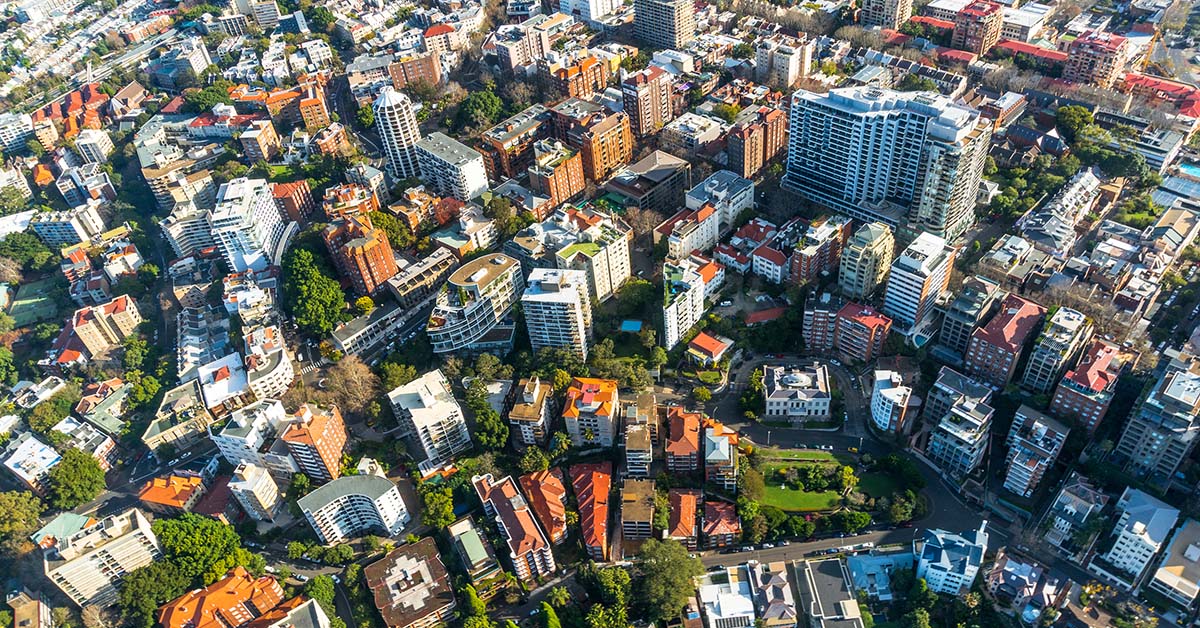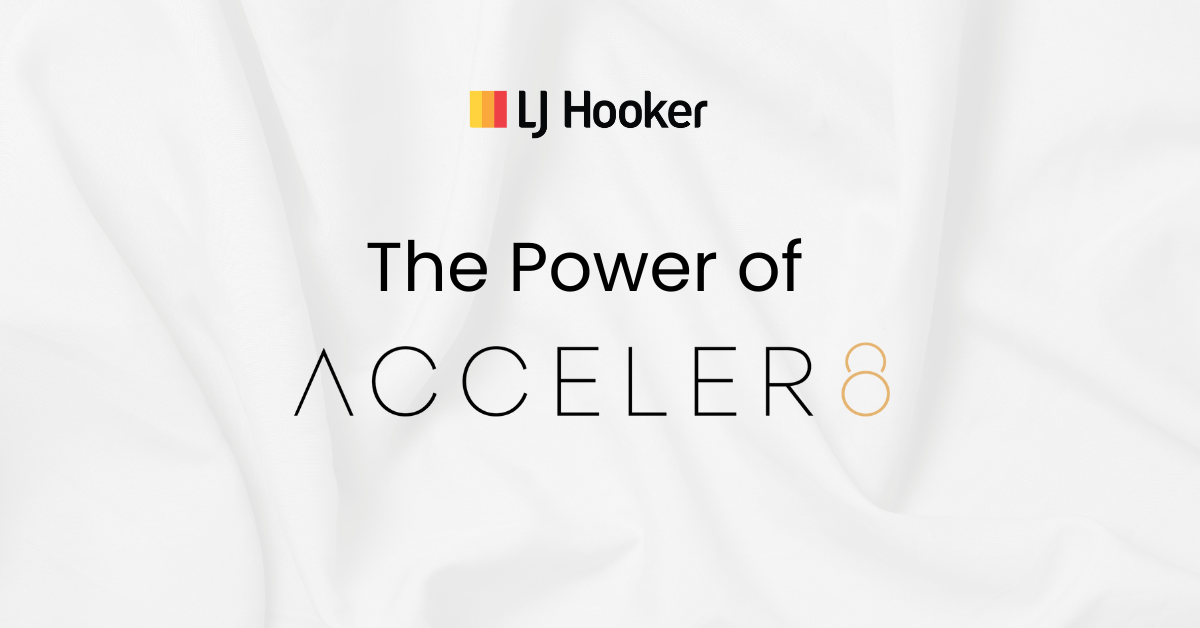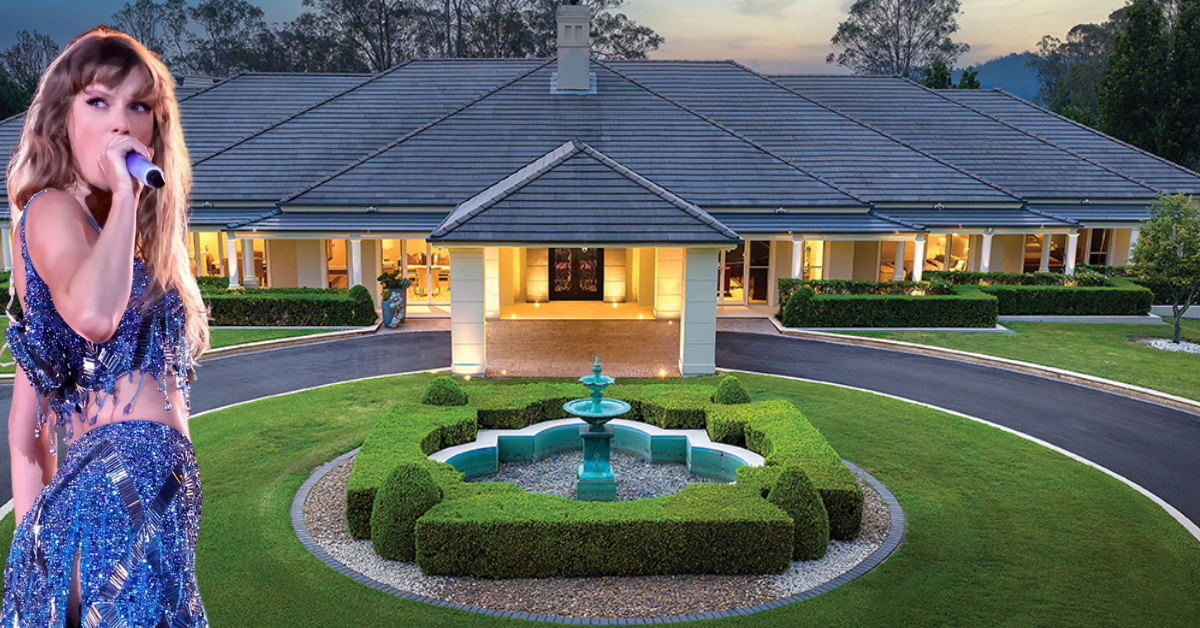Warehouse Landlords Drive Down Incentives on the Back of Shifting Economy

Industrial property incentives will continue to tighten across Sydney in 2022 as demand from transport and e-commerce businesses leads the economy’s makeover.
Central and Outer West warehouse incentives stand at around 10%, according to LJ Hooker Commercial’s recently released Industrial Market Monitor. With the city’s vacancy rate currently around 1%, incentives are likely to reach record single figure lows by mid-year.
But there will be an end to the downward path of incentives, with rental growth expected to step-in in the second half of the year, lead 3-5% rental gains across the city in the next 48 months.
Head of Research at LJ Hooker Commercial, Mathew Tiller, said the industrial sector continued to be the leading non-residential property asset class in Australia.
“The warehouse market continues to be targeted by owner-occupiers capitalising on low interest rates and funds that recognise the fundamental stability of the sector,” said Mr Tiller. “Institutional investors, in particular, haven’t been deterred by the narrowing of yield premiums and bonds.
“Amidst and post-Covid, we’ve seen transport and logistics operators, construction and pharmaceutical manufacturers and businesses boosting domestic inventory to safeguard against supply chain disruptions.
“And against the backdrop of global uncertainty, we expect that to continue over the year.”
Sydney’s industrial market will perform strongly against the backdrop of the wider state recovery, driven by healthy household spending and infrastructure additions.
The historically high building program in Melbourne – where there is close to one million square metres of building scheduled – could be exposed to materials shortages, the Monitor found.
In Perth, where borders have recently been opened, yields are also tipped to tighten, following the trend of the eastern states. Resources investment is tipped to drive the next wave of industrial demand through projects like Woodside’s $16bn Scarborough LNG project.
In Brisbane, the weight of money looking to enter industrial property is expected to be sustained in the near term, pushing down the yield spread. On average, prime yields are forecast to firm by a further 30 bps by mid-2022.
In Adelaide, investor interest and solid occupier demand kept vacancies low across the industrial market. Adelaide’s average prime industrial yield tightened by around 80 bps over the past six months to settle just above 5%, with some transactions even reporting yields of below 4%.
In Canberra, indicative yields on prime assets average around 5.8% across the precincts, firming notably through 2021. Secondary asset yields also firmed over the last six months, sitting within a range of 6% to 7%.
And in Darwin, the average yield at the end of 2021 was estimated at 7.0% to 8.0%, holding firm over the year.
To read more, click here to download our latest Industrial Market Monitor report



